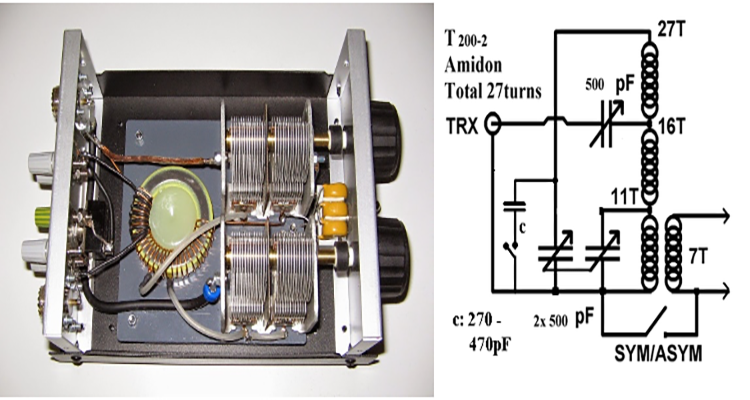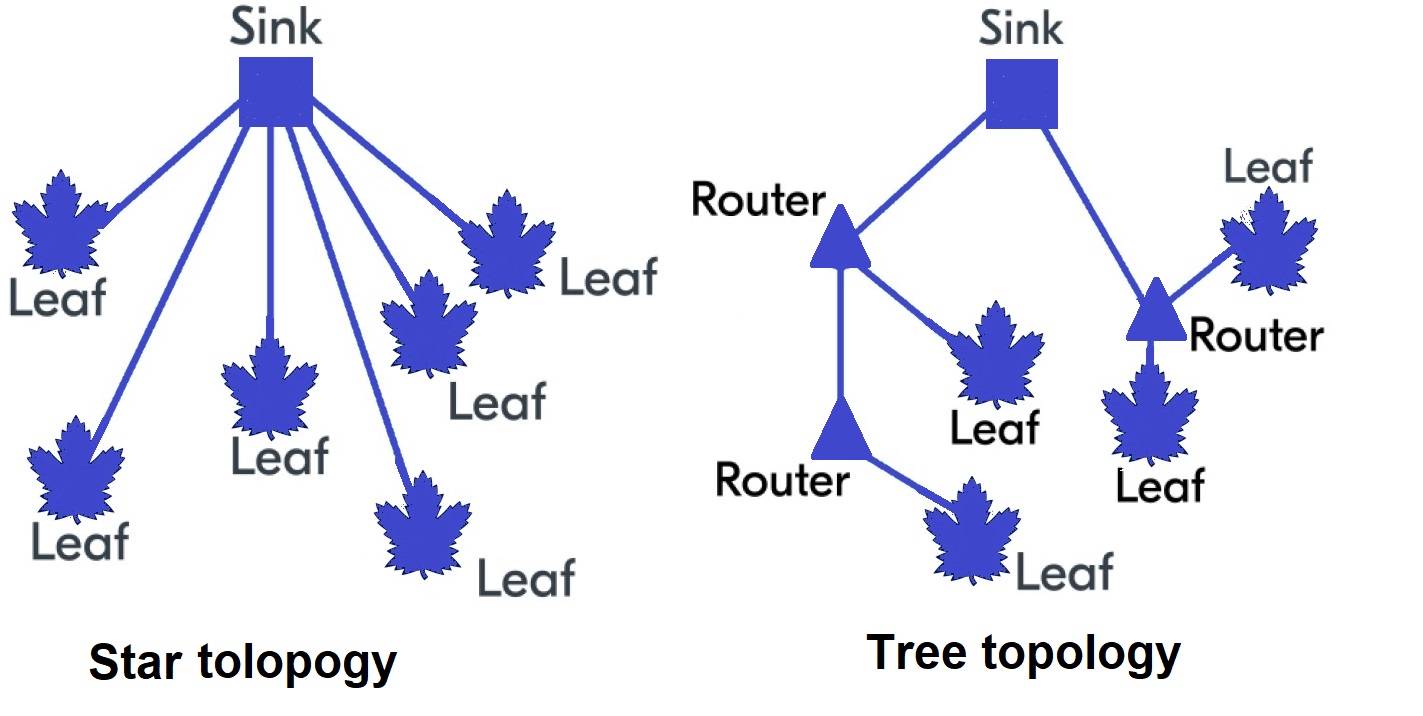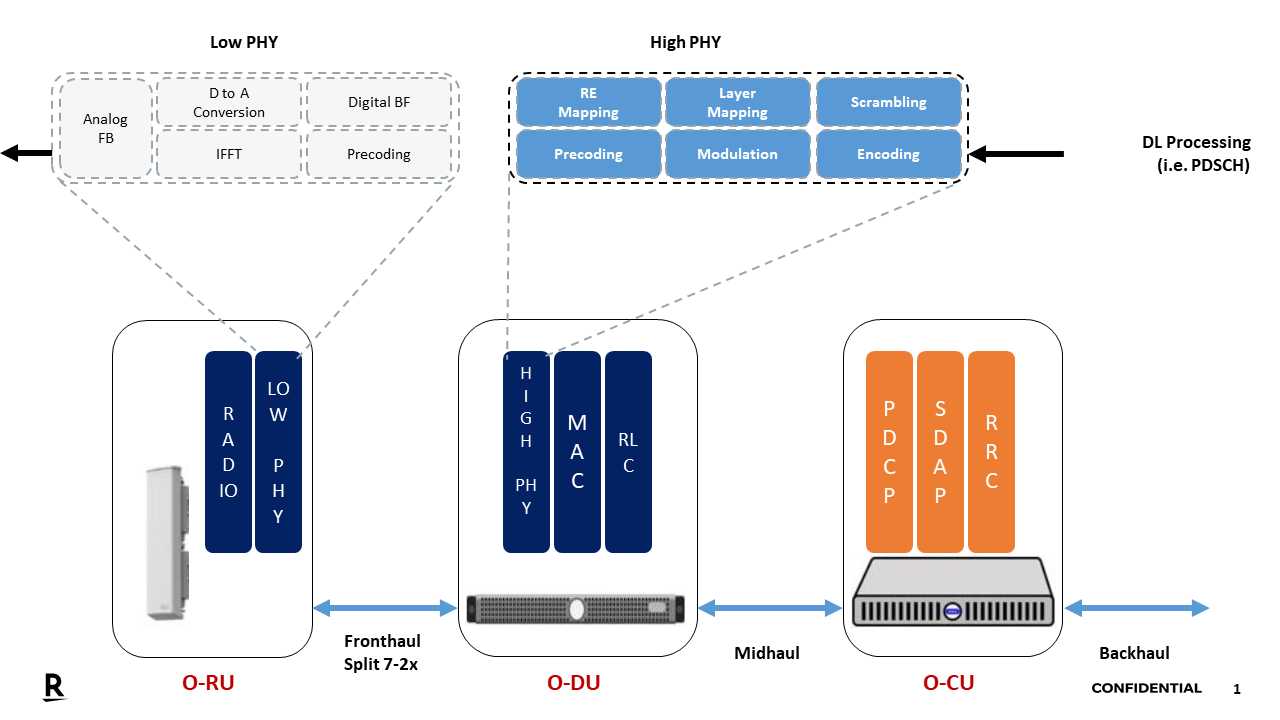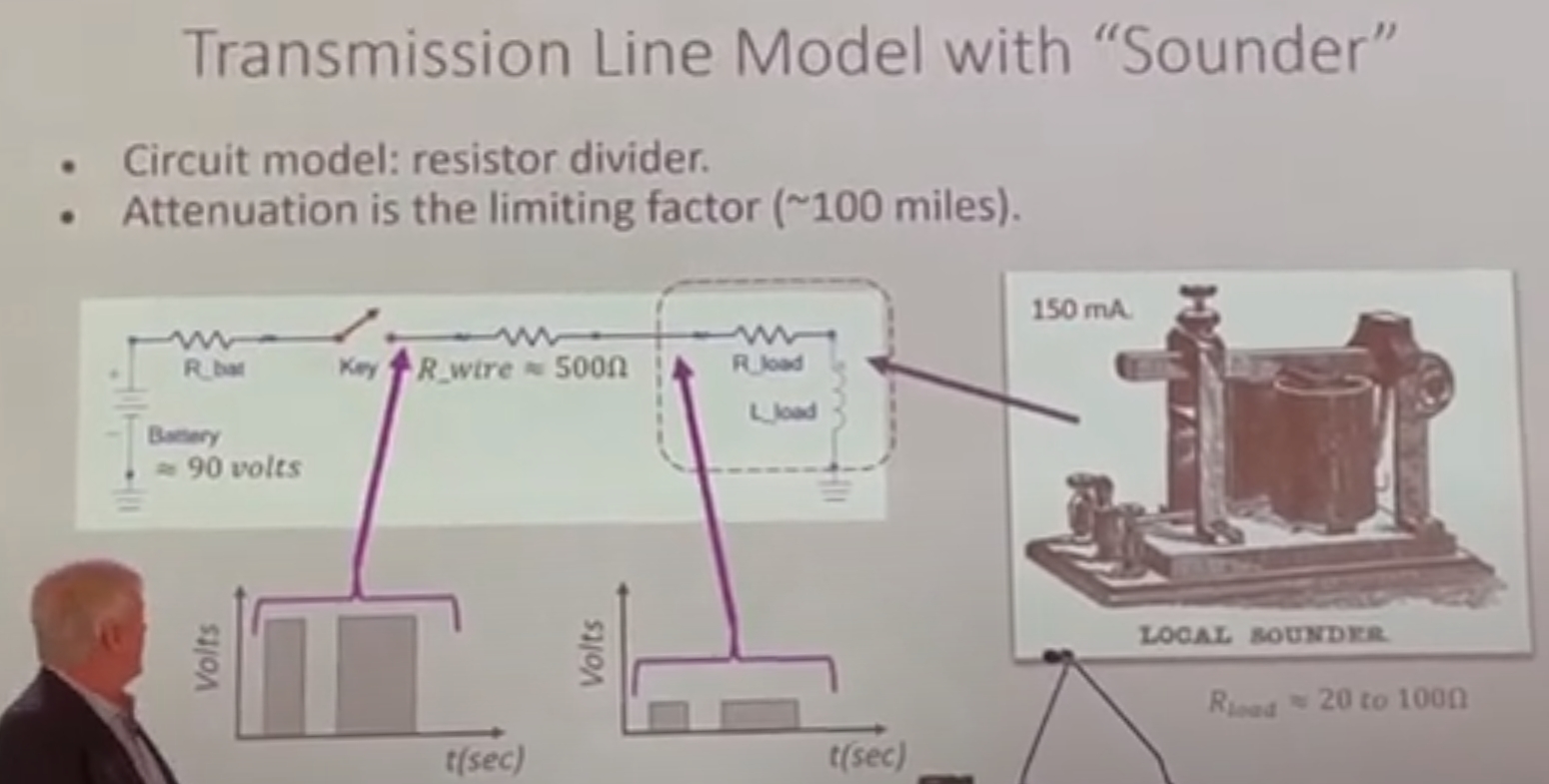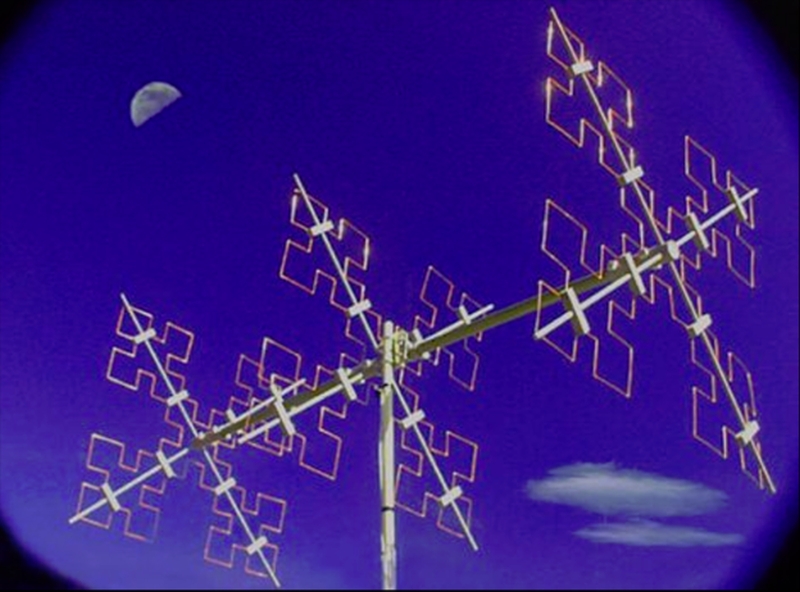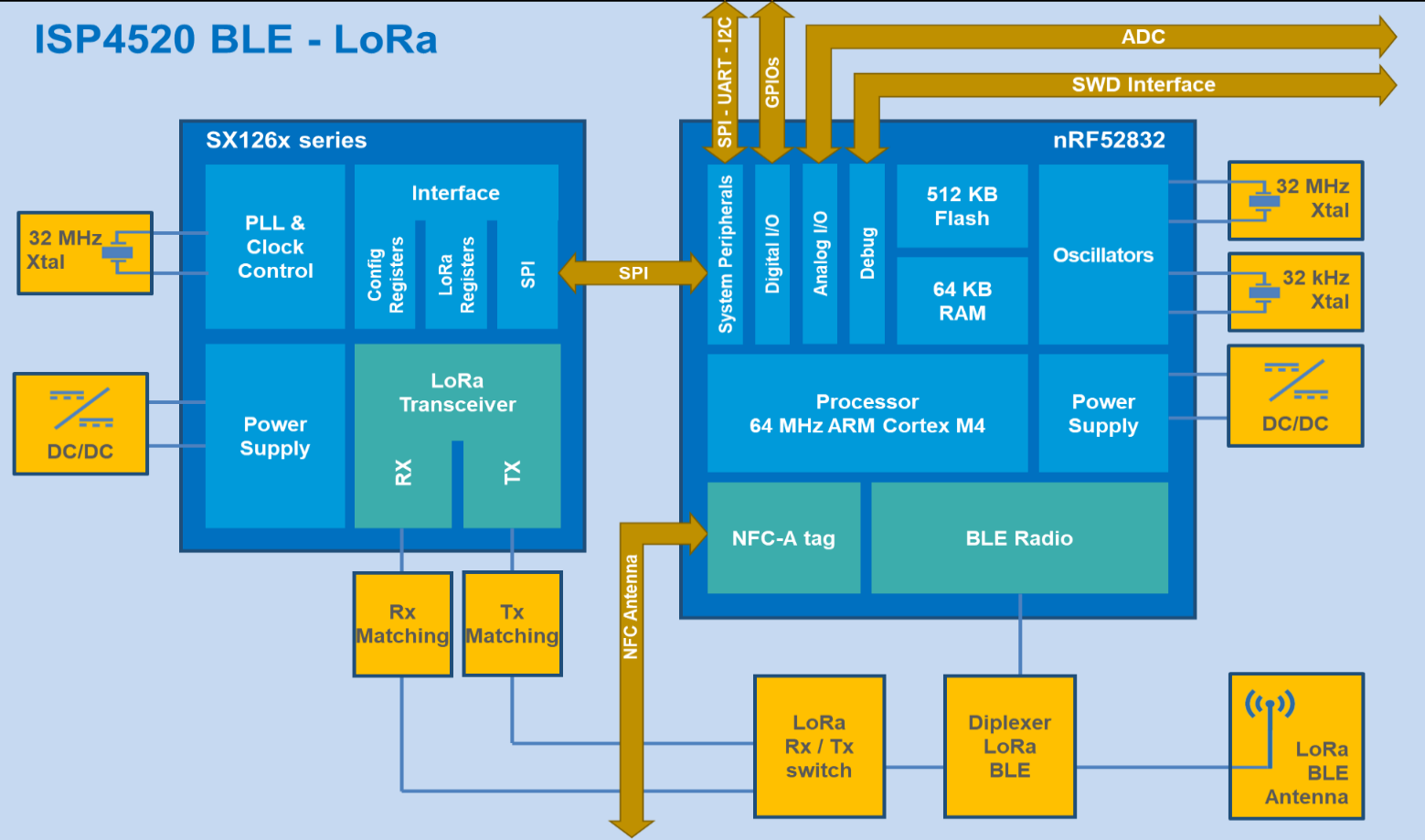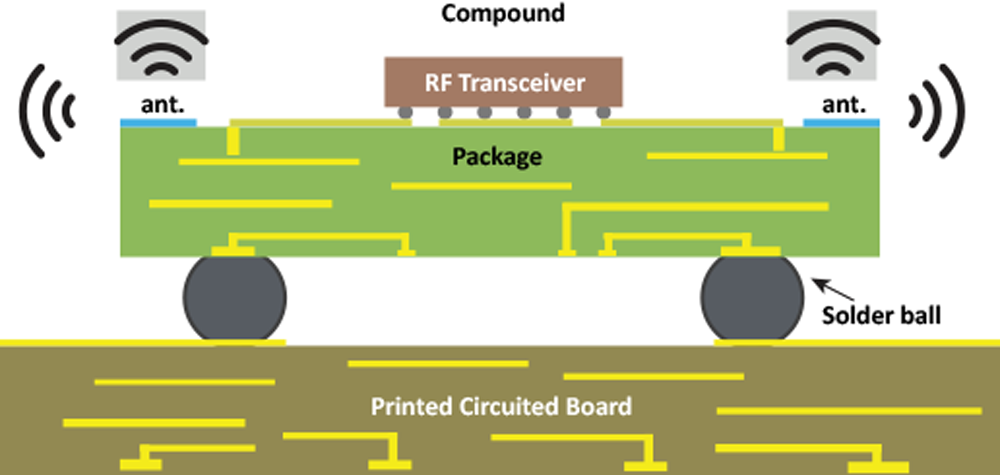Femto/picofarad antenna-tuning ICs enable smartphones to work over several bands and scenarios, thus solving the challenging impedance-matching dilemma. One of the indicators of innovative engineering is to take an attribute that is normally considered to be a drawback and not only negate that characteristic but actually use it to advantage in another setting. Consider this…
The first non-cellular 5G standard: DECT NR+
Officially known as DECT-2020 NR, the protocol brings 5G to smart devices over non-cellular networks. Learn more from a video interview with Jussi Numminen of Wirepas and vice-chair of the ETSI DECT technical committee. For several years, we’ve been hearing about the three points of 5G: enhanced mobile broadband (eMBB), massive machine-type communications (mMTC), and…
Why O-RAN sync monitoring needs AI/ML
As Open RAN deployments gather pace and accurate timing, synchronization has emerged as a critical step toward consistent performance. It is a complex task, with devices requiring time synchronization to UTC reference via IEEE PTP/SyncE-based boundary clocks, slave clocks, PRTC clocks with GNSS receivers, as well as accurate, real-time monitoring in support of customer SLAs.…
How to improve Open RAN security at the hardware level
Open RAN telecom network security begins in the microprocessors that control telecom network equipment. Configure and use these processors with secure booting and build trust.
UWB applications bring design decisions
Ultra-wideband communications and location detection applications are steadily increasing. As a designer, you have options and therefore must decide how to best integrate UWB into your IoT design. Impulse radio ultra-wideband, commonly referred to as UWB, is a short-range, wireless communication protocol based on the IEEE 802.15.4z standard, operating at frequencies up to 9.5 GHz.…
IMS 2023: keynote analyzes early undersea cables
In EE World videos from the 2023 International Microwave Symposium, engineers received a history lesson on early transatlantic cables through an analysis using today’s methods. Plus, a demonstration of a 1944 radio using a razor blade as a rectifier. Modern equipment provided an automated Morse code signal.
FAQ on fractal antennas, Part 2
Antennas based on fractal mathematics offer some significant advantages but also some controversy. The first part of this article looked at the basic concept and history of fractals. This part looks at the relationship between fractals and antennas. Q: All this fractal discussion is interesting, but what does it have to do with antennas? A:…
FAQ on fractal antennas, Part 1
Antennas based on fractal mathematics offer some significant advantages but also some controversy. Although all antenna designs are derived from either the basic dipole or monopole/ground-plane configurations, there are almost countless antenna variations in use (Figure 1). Each one offers a different combination of key attributes such as center frequency, bandwidth, bandwidth, side lobes, front-to-back…
FAQ: Antenna-in-package answers the “last mile” RF challenge, Part 2
If you think antennas must live “outside” a circuit, think again: they can also be housed in a small package adjacent to the active components they serve. The previous part established the context and rationale for AiP; this part continues the exploration. Who are some of the AiP technology suppliers or OEMs? ASE, a leading…
FAQ: Antenna-in-package answers the “last mile” RF challenge, Part 1
If you think antennas must live “outside” a circuit, think again: they can also be housed in a small package adjacent to the active components they serve. The RF signal chain has become increasingly integrated in the past years. Whether by merging RF circuitry with the digital function onto a single die or by co-locating…

